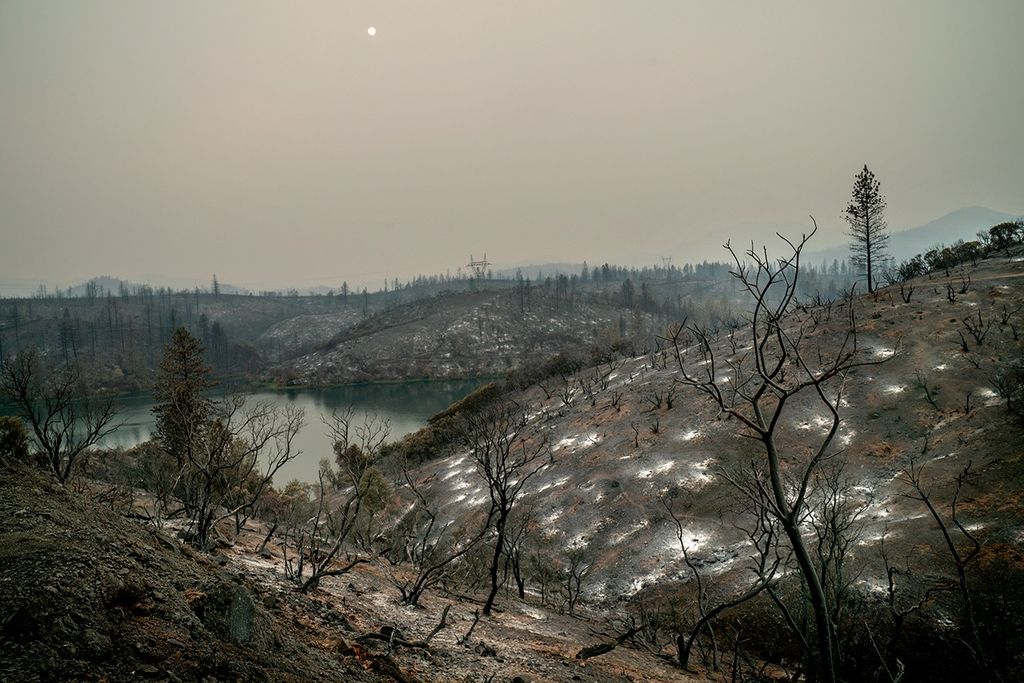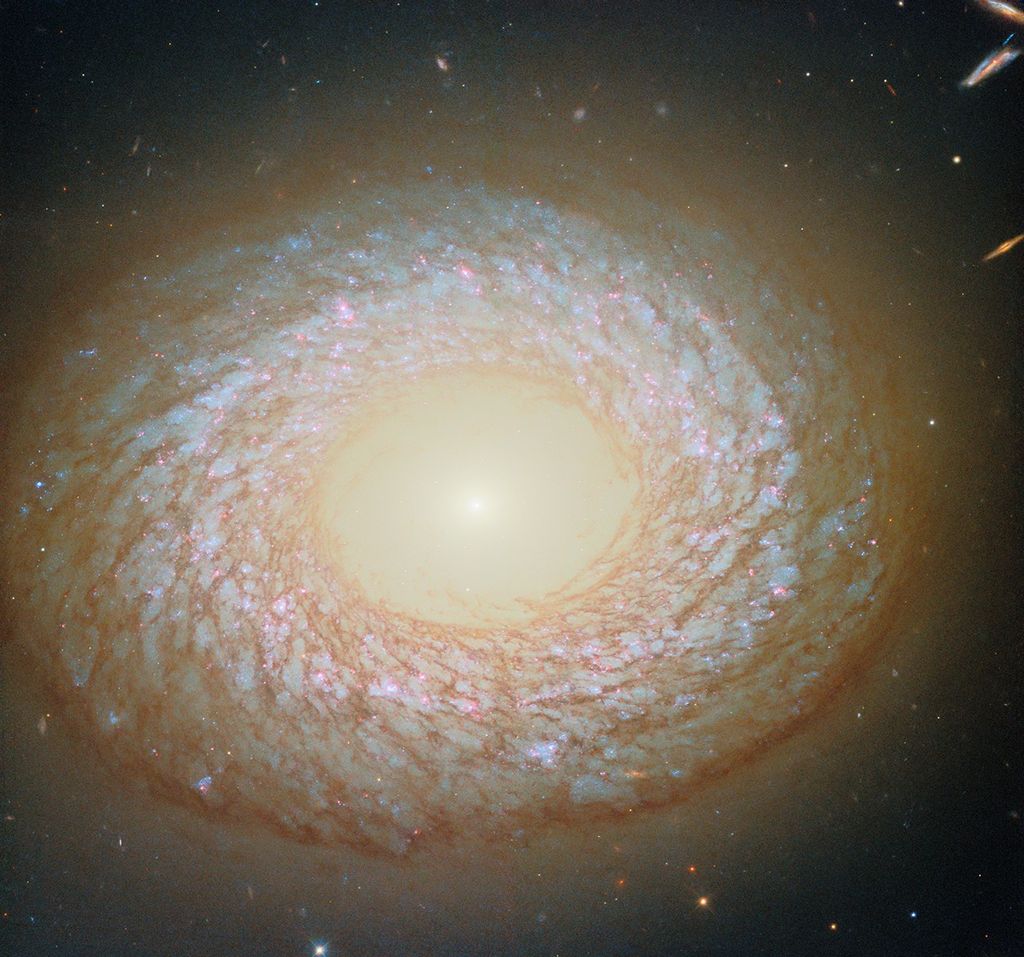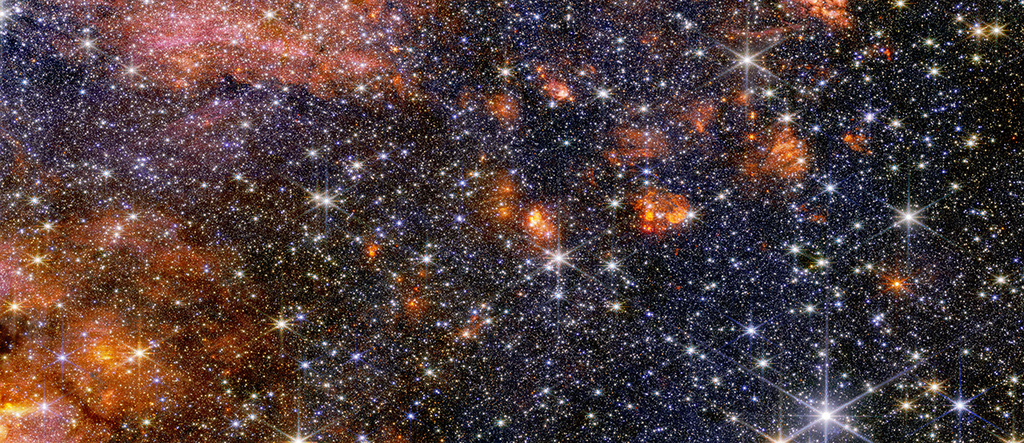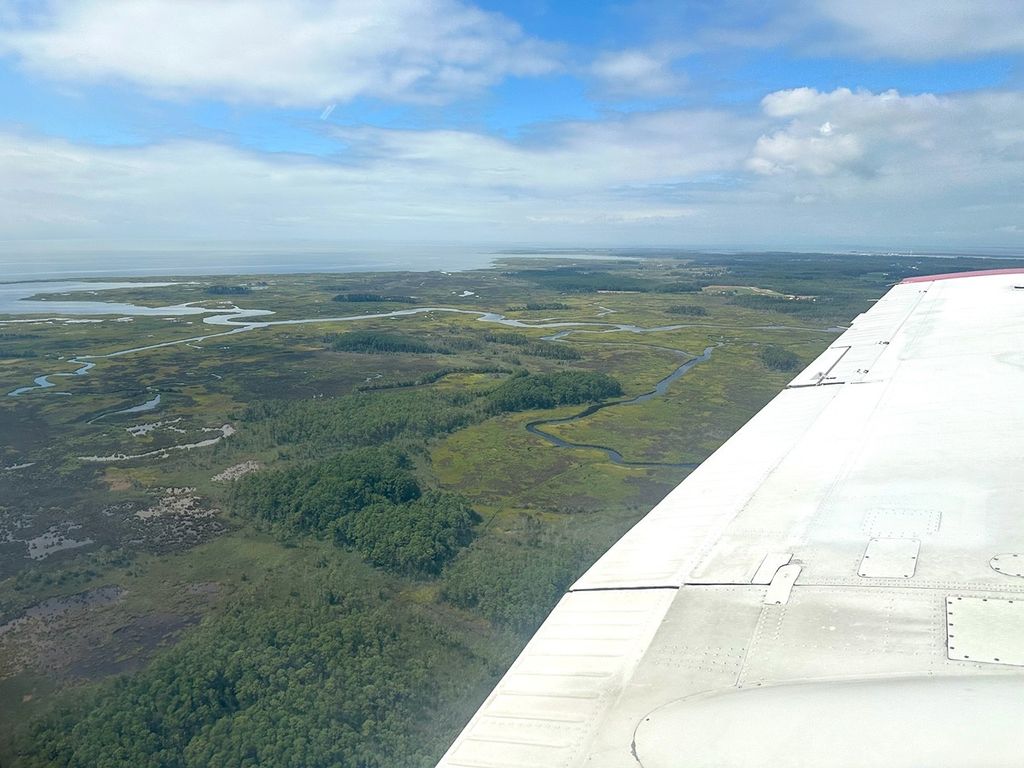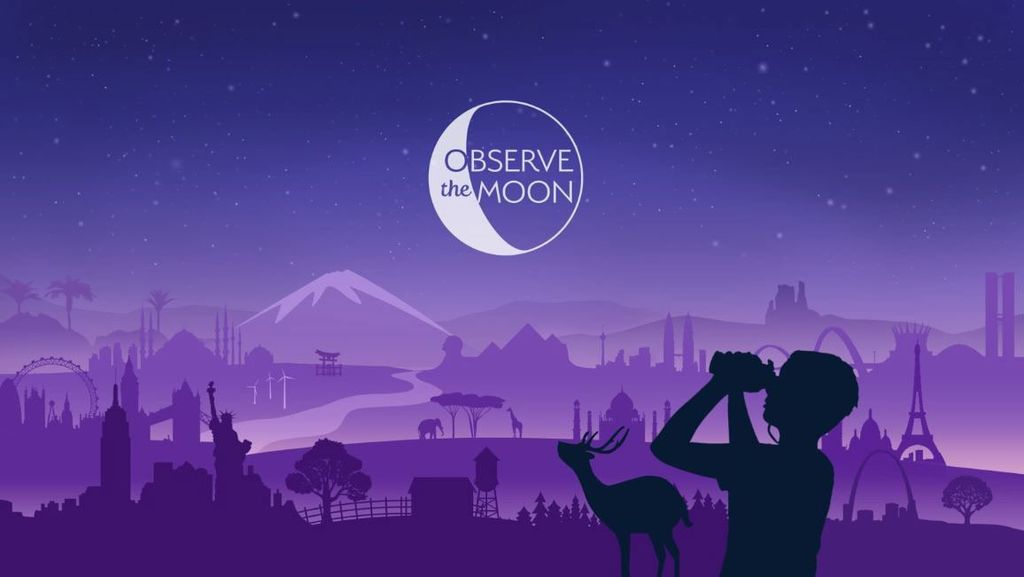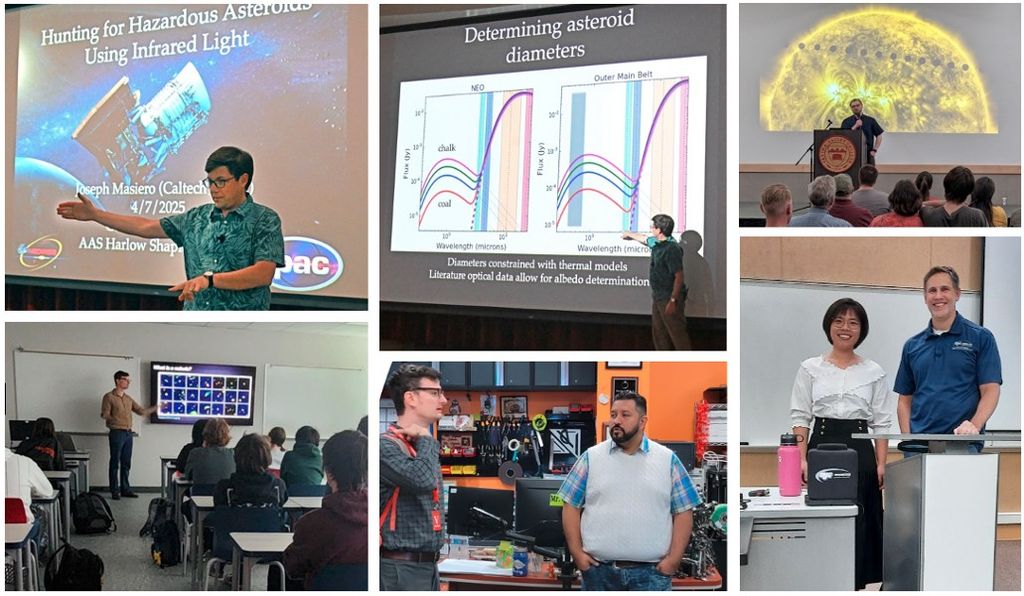Mars Odyssey News & Features

Arsia Mons, an ancient Martian volcano, was captured before dawn on May 2, 2025, by NASA's 2001 Mars Odyssey orbiter while the spacecraft was studying the Red Planet's atmosphere.

The 2001 Odyssey spacecraft captured a first-of-its-kind look at Arsia Mons, which dwarfs Earth’s tallest volcanoes. A new panorama from NASA’s 2001 Mars Odyssey orbiter shows one of the Red Planet’s biggest volcanoes, Arsia Mons, poking through a canopy of…
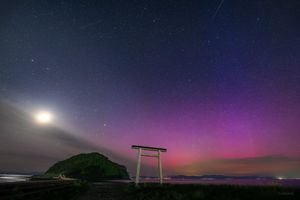
One year on, NASA scientists are still making huge discoveries about the largest geomagnetic storm to hit Earth in two decades, the Gannon storm. The findings are helping us better understand and prepare for the ways in which the Sun’s…

Scientists from around the world are gathering this week in California to take stock of the state of science from Mars and discuss goals for the next steps in exploration of the Red Planet. In the spirit of Mars 10,…
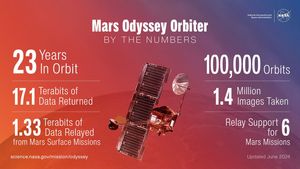
This infographic highlights just how much data and how many images NASA's 2001 Mars Odyssey orbiter has collected in its 23 years of operation around the Red Planet.

NASA's 2001 Mars Odyssey orbiter captured this single image of Olympus Mons, the tallest volcano in the solar system, on March 11, 2024.

The 23-year-old orbiter is taking images that offer horizon-wide views of the Red Planet similar to what astronauts aboard the International Space Station see over Earth. NASA’s longest-lived Mars robot is about to mark a new milestone on June 30:…
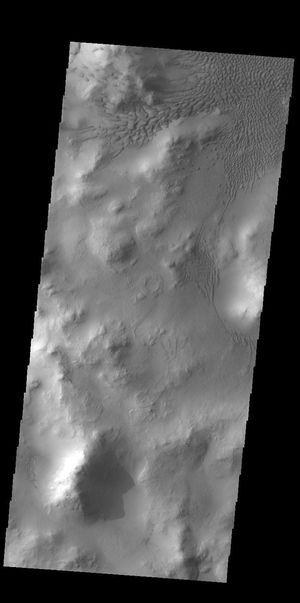
This image from NASA's Mars Odyssey shows part of the floor of Lyot Crater, including a large field of sand dunes on the crater floor.

This image from NASA's Mars Odyssey shows the central part of Tithonium Chasma.
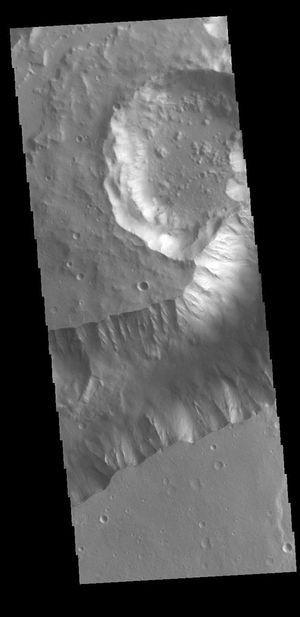
This image from NASA's Mars Odyssey shows a portion of Shalbatana Vallis.


